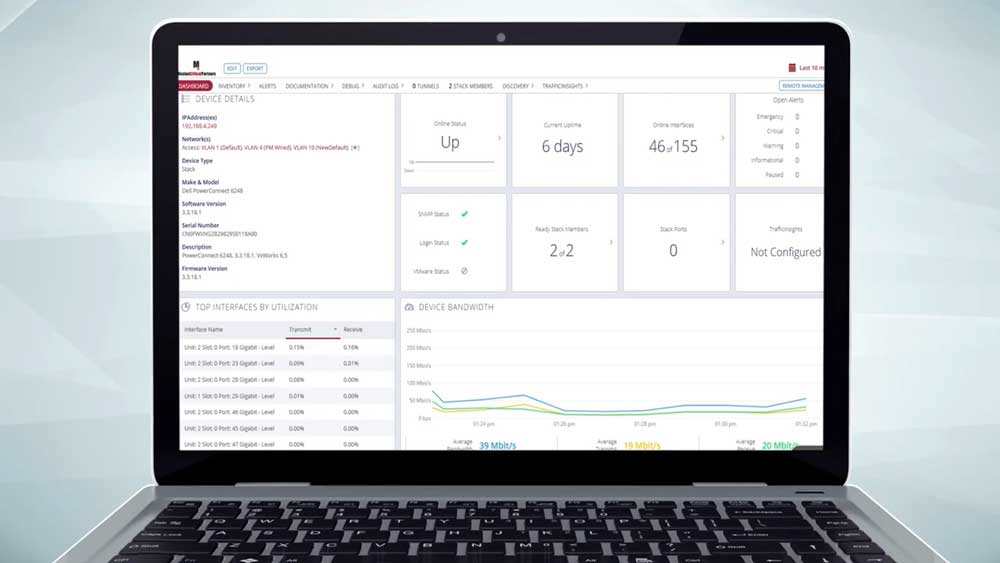An Effective Network Operations Center Does More Than Provide Alerts
A while back, one of Mission Critical Partners' (MCP's) long-standing clients, the Lower Rio Grande Valley Development Council (LRGVDC) in Texas, was growing increasingly frustrated with its third-party network operations center (NOC). It always is good for an emergency-response organization to enlist the services of a NOC to ensure the reliability of its mission-critical communications networks and systems and to perform network troubleshooting. But in this case, the NOC’s performance was insufficient, according to Hector Chapa, program supervisor II, who oversees the council’s communications systems and emergency communications center (ECC) ECC operations.





